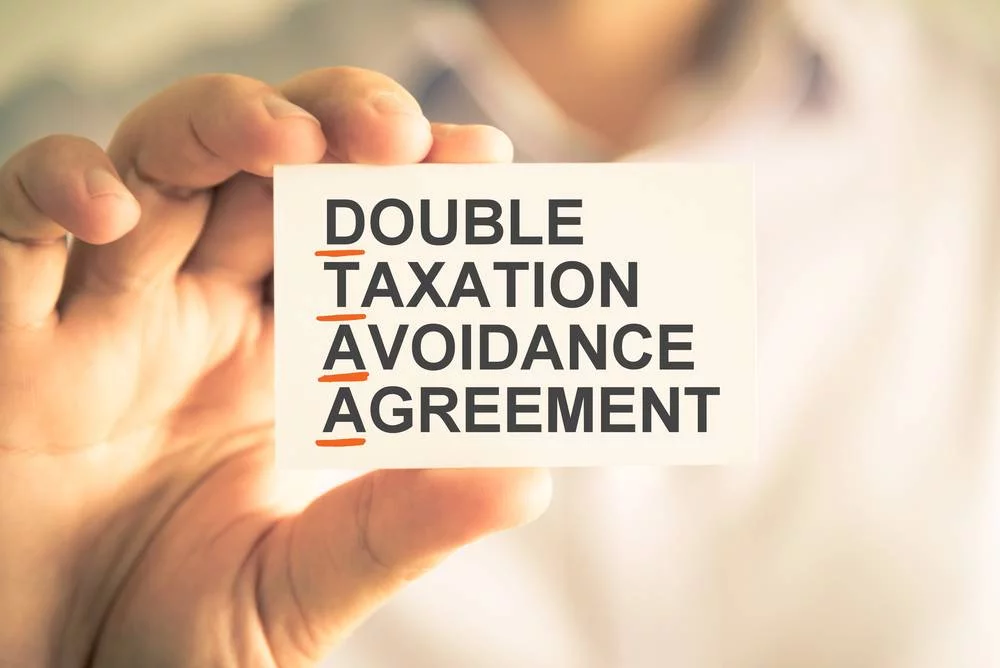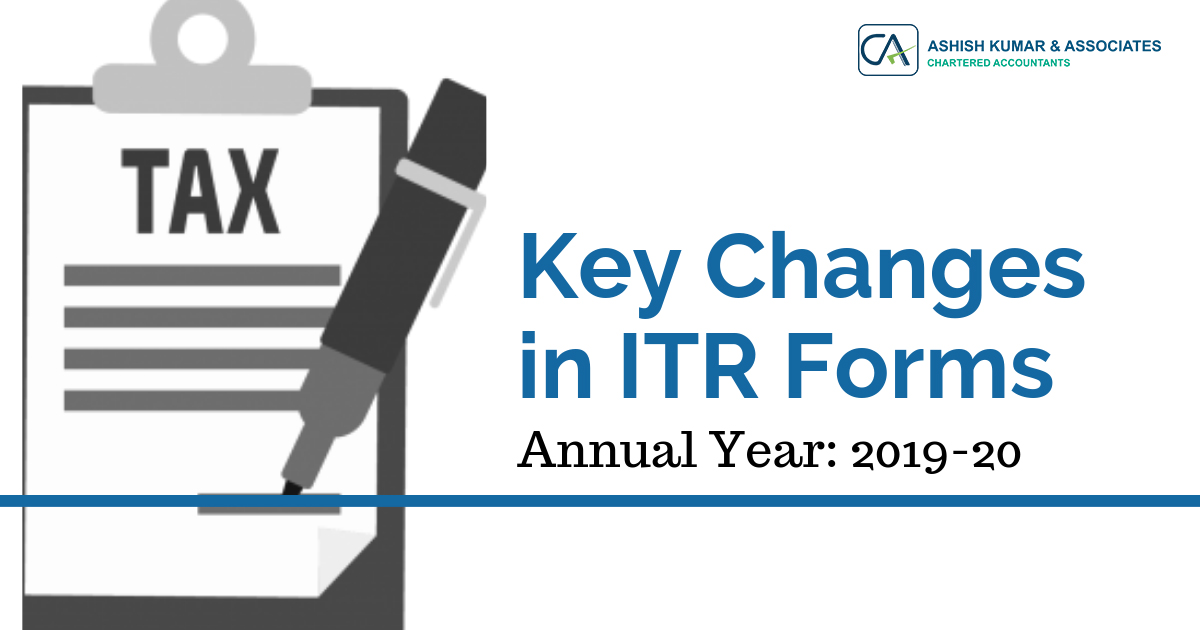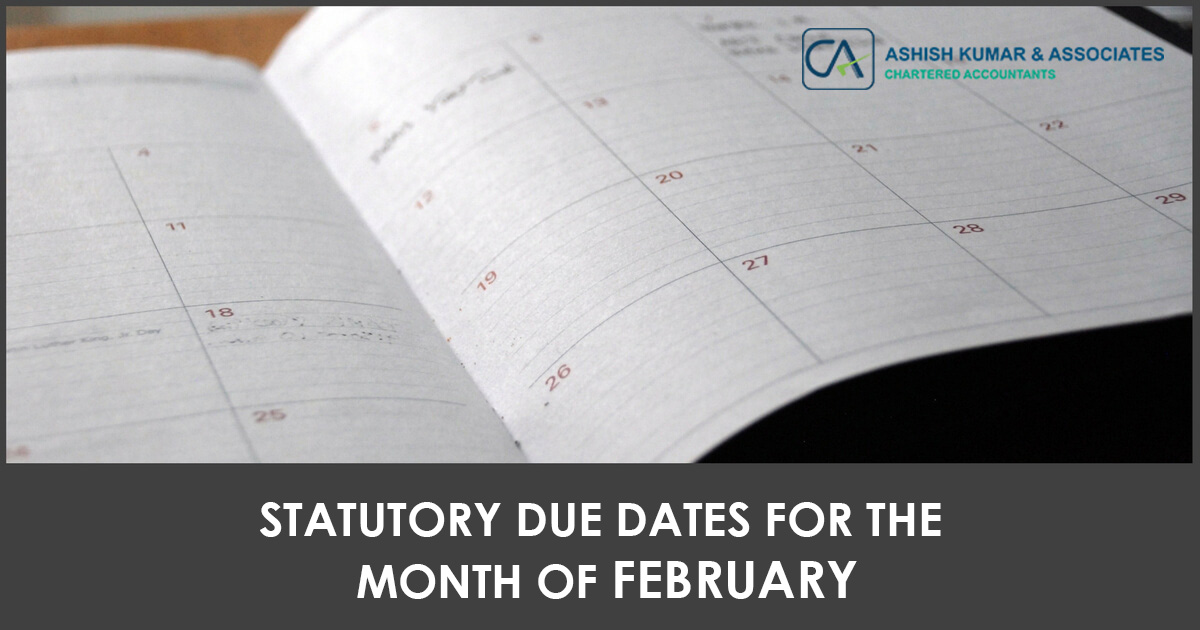DTAAs or Taxation treaties are practiced to avoid double taxation between two or more countries. This post highlights everything about the Double Taxation Avoidance Agreement.
What is DTAA?
Double Taxation implies taxing the same subject or income twice, for the same period, for the same purpose, and within the same jurisdiction. When an income or subject is taxed in two or more countries, the average tax liability forms a substantial part of his total income.
In the year 1920, the League of Nations formed a group of world reputed economists, Prof. Luigi Einaudi, Prof, Gijsbert, Prof. Josiah, and Prof. Edwin Seligman. These economists were responsible to suggest international taxations laws in context to allocating taxing rights under the Double Taxation Avoidance to avoid the same income being taxed multiple times.
As the suggestion made by this group, dividing the right of taxation between the Country of Source and Country of Residence while identifying the taxing rights must be practiced. The present rules, undoubtedly, are extensions of such recommendations and DTAA is one such example.
The Double Taxation Avoidance Agreement is an agreement between two countries that state the income of non-residents must not be taxed both in the country they live and in the country of origin.
DTAA Objectives
Some of the primary objectives of this agreement are:
- Encouraging the transfer of technology
- Preventing discrimination between the taxpayer
- Preventing tax evasion and tax avoidance
- Availing tax credits and granting relief
- To boost cooperation between two distinct taxing authorities
- For promoting the exchange of goods and services, movement of person and capital
- For attracting foreign investments by offering relief from double taxation
- For laying down specific principles or rules for the division of revenue between two countries
- For offering clarity on how specific cross-border transactions are taxed
- For exempting certain incomes in both the countries
- For further reducing the applicable tax rates on certain incomes
DTAA – Duration and Rate
In general circumstances, this agreement will continue indefinitely till officially terminated by either of the party involved in the agreement. Also, the rules and rates of DTAA will differ from country to country. For example, the rates of TDS on interest earned will be charged either at 15 percent or 10 percent.
DTAA and India
The DTAA agreements for India are guided by the UN model of double taxation avoidance agreements. Such agreements are used to allocate jurisdiction between the residency as well as the source. The agreement prescribes that the maximum rate of taxation can be charged in the source country as this is quite lower than the taxation rate prevailing in that particular country.
Under chapter IX of the Income Tax Act, 1961, sections 90 to 91 deals with the Double Taxation Relief. As per this relief, India has met DTAA arrangements with 88 countries, including Inter-governmental and comprehensive agreement to improve:
- Limited agreements
- International tax compliance
- Limited multilateral agreements
- Limited agreements
- Tax information exchange agreement
- Specified associations, and other agreements
In context to the effect of DTAA, the MR R.M. Muthiah, the honorable Karnataka high court reported in 1993 that the effect of this agreement will be:
- No provision of the article or agreement can impose a levy where the liability is not imposed by the 1961 Income Tax Act.
- If in case, the tax liability is imposed by the 1961 Income Tax Act then the article or agreement may be applied to reduce it.
Additionally, if there is a difference between the articles or agreement and the Income Tax Act, 1961 then the provision of the income tax act, 1961, will prevail. However, this ruling was upheld by the Supreme court in Vol v. Azadi Bachao Andolan 2003 reported in 263 ITR 706 (SC).
How Can One Avail DTAA’s Benefit – The India Perspective
In order to avail DTAA benefit in India, a non-resident assessee must provide a ‘Tax Residency Certificate’ or ‘Form 19F’ from the tax authorities of the country where he lives. As mentioned above, the income will be completely exempted or may be taxed at a lower rate. If it is taxable under the DTAA agreements, the non-resident assessee then has to pay the tax in India. Afterward, he can claim the refund of taxes paid against the tax liability within his home country.
If you want to avail DTAA benefit in India and are looking out for professional guidance for the same, then contact the experts in the field.





